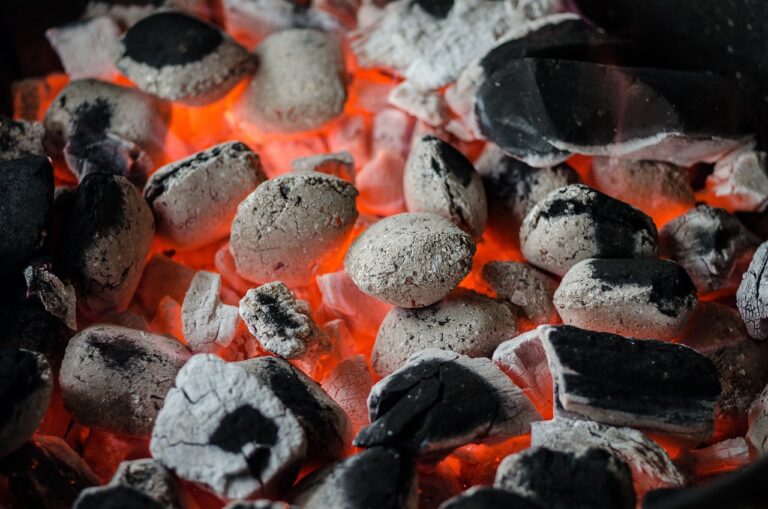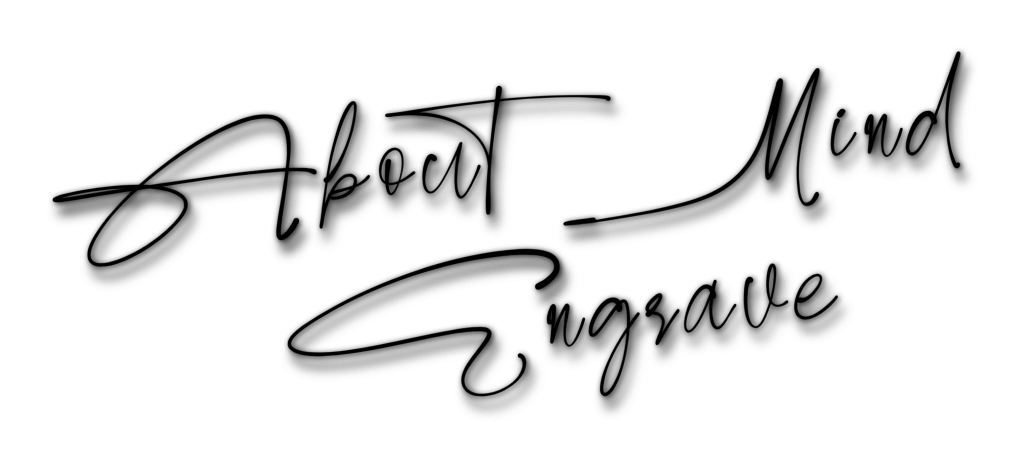Anxiety Disorder: Forms & Levels
Form & Levels of Anxiety
Anxiety disorder can appear in different forms and at different levels of intensity. It can range in severity from a mere twinge of uneasiness to a full-blown panic attack marked by heart palpitations, disorientation, and terror.
Free-floating Anxiety: this is anxiety disorder that is not connected with any particular situation, that comes “out of the blue.” In n more severe form it can be regarded as a spontaneous panic attack. What differentiate spontaneous panick attack from free-floating anxiety is the experience of four or more of the following symptoms at the same time. That is, the occurrence of four or more of the following symptoms at the same time defines a panic attack:
- Shortness of breath.
- Heart palpitations (rapid or irregular heartbeat).
- Trembling or shaking.
- Sweating.
- Choking.
- Nausea or abdominal distress.
- Numbness.
- Dizziness or unsteadiness.
- Feeling of detachment or being out of touch with yourself.
- Hot flashes or chills Fear of dying.
- Fear of going crazy or out of control.
Situational or Phobic Anxiety: a situation whereby your anxiety pop up solely due to a specific situation. This is different from everyday fear in that it tends to be out of proportion or unrealistic. For example, having a disproportionate apprehension about driving on freeways or confronting your partner, may qualify as situational anxiety.
This becomes phobic anxiety when one begins to avoid the situation like if you give up driving on freeways or confronting your partner altogether. Hence, phobic anxiety disorder can be regarded as a situational anxiety that embrace persistent avoidance of the situation.
Anticipatory Anxiety: this is the kind of anxiety disorder that is provoked by merely thinking about a particular situation. For example when you feel distressed about what might happen when or if you have to confront your partner.
In this sense it is akin to ordinary “worrying,” but sometimes can be so intense to be called anticipatory panic.
Spontaneous Anxiety (or Panic): this tends to come out of the blue, peaks to a high level very rapidly, and then subsides gradually. The peak is usually reached within five minutes, followed by a gradual tapering-off period of an hour or more.
This is unlike anticipatory anxiety which tends to build up more gradually in response to encountering – or simply thinking about a threatening situation and then usually falls off quickly.







